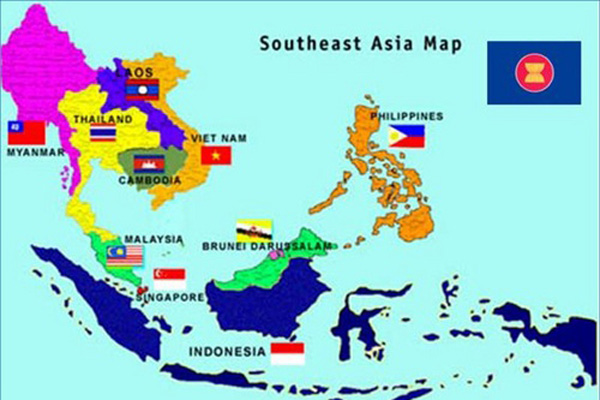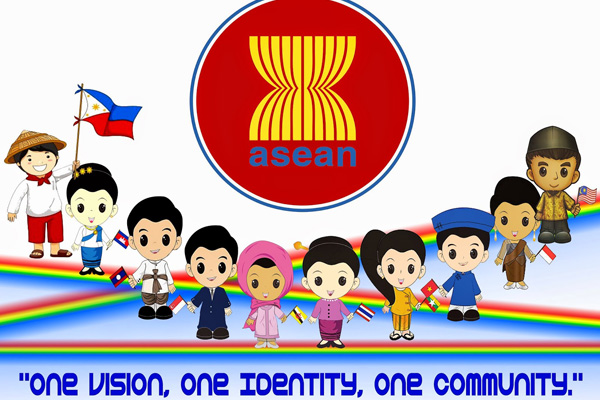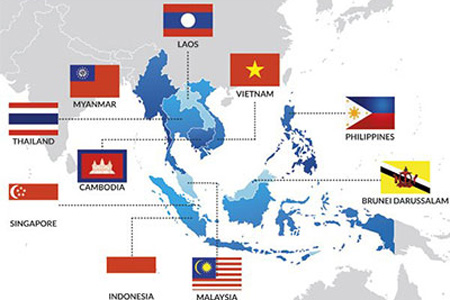Twenty years ago studies on this region were started by the Southeast Asian section of the Vietnam Social Sciences Committee. Set up in 1973, this section later became the Southeast Asian Institute, whose present director, Mr. Pham Duc Duong, has told me that its funding does not match the scope of its tasks. He is certainly right. One cannot overstress the growing and many-faceted importance assumed by Southeast Asia in the present juncture when the Asia-Pacific region is to play a prominent role in the world of the 21st century.

However, for us Vietnamese - and no doubt for all peoples in the region - the interest goes far beyond the politico-economic question of the day. The point is for us to rediscover our cultural identity, which has been obscured by several historical factors, particularly by the glowing aura of Chinese and Indian cultures and the impact of Western colonization.
The word Indochina, probably coined in the late 19th and early 20th centuries, designates the peninsular part of Southeast Asia (Burma, Thailand, Vietnam, Laos, Cambodia, Malaysia). It highlights the acculturation deriving from the proximity of the two major cultural centers of Asia. But it obscures the fact that the peoples of Southeast Asia, including the insular ones, had built their specific cultures on common ground before coming under Chinese and Indian influence. Since the beginning of the Christian era many independent states, Indianized or Sinicized, had come into being, breaking the geographical and socio-cultural unity of the region.
Through the vicissitudes of history some of them came to forget the brilliant epochs of their past, e.g the Angkor civilization. Under the colonial regime, which lasted from the second half of the 19th century to the end of World War II, French, Dutch and British scholars - prominent Indianlists and Sinologists - devoted more time and effort to the study of Indian and Chinese influence than to the exploration of the substratum of indigenous cultures, often viewed through a Eurocentric prism tinged with Indianism or Sino- centrism. The Japanese historian Yoshihara Tsuboi, studying "The Vietnamese Empire facing France and China", rightly took Vietnam itself as his starting point and avoided basing himself on French and Chinese views.

Since the end of World War II the idea of Southeast Asia as a geo-culture-political entity has taken definite shape following the formation of the great powers' spheres of influence, the process of decolonization, and the awareness of newly independent states in search of national identity that they have common past. With the lifting of the ideological barrier between the countries of ASEAN (the former SEATO) and those of what used to be French Indochina, the trend toward the rapprochement and unification of Southeast Asian countries has become irresistible in the Asian context in the final years of this century. On the cultural plane, Vietnam has followed the same impulse. Having been under two major foreign influence -the Chinese in the Middle Ages and the Western (mostly French) in modern times - it is also going back to the sources of the Southeast Asia to its prime identity.



